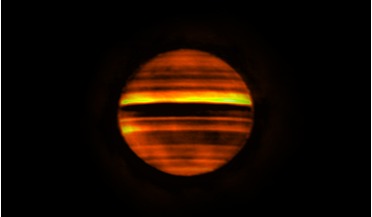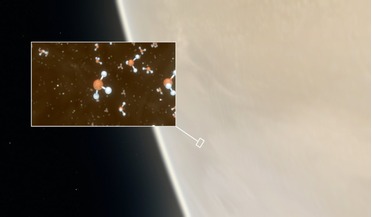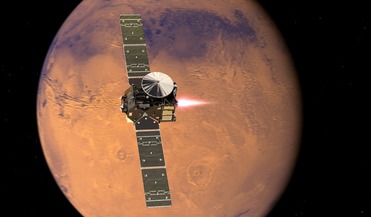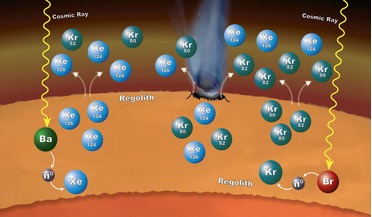 04 May 2020
Exoplanets with hydrogen-rich atmospheres could harbour life
04 May 2020
Exoplanets with hydrogen-rich atmospheres could harbour life
...as it passes in front of its host star. However, the fraction of stellar light that passes through a transiting exoplanet's atmosphere is very small, a limitation which constrains both the telescopes and instruments that can be used. As such it tends...
 15 November 2021
Earth's lower atmosphere is rising due to climate change, new study says
15 November 2021
Earth's lower atmosphere is rising due to climate change, new study says
... degree to which Global Positioning System (GPS) radio signals bend and slow as they pass through the atmosphere. This was coupled with recently updated archives of observations from radiosondes; an instrument carried by a balloon that measures...
 23 August 2019
Energetic eruption helps astronomers peer deep within Jupiter's atmosphere
23 August 2019
Energetic eruption helps astronomers peer deep within Jupiter's atmosphere
... was caused by a plume – a small bright cloud that marks the presence of a storm – breaking through the layered atmosphere and it was spotted by amateur astronomers occurring in Jupiter’s South Equatorial Belt in January 2017. After it reached the...
 14 September 2020
Possible signs of microbial life found in Venus' atmosphere
14 September 2020
Possible signs of microbial life found in Venus' atmosphere
... phosphine in Venus’s clouds. “The presence of even a few parts per billion of PH3 is completely unexpected for an oxidised atmosphere (where oxygen-containing compounds greatly dominate over hydrogen-containing ones),” write the authors in the their...
 12 February 2021
Water vapour spotted escaping from Mars' atmosphere
12 February 2021
Water vapour spotted escaping from Mars' atmosphere
... 2016 whereas its rover and surface platform counterpart is slated to launch in 2022. In its quest to hunt for atmospheric gases linked to biological or geological activity, the Orbiter has already enabled scientists to detect a ‘glowing’ thin green...
 03 October 2016
Martian soil helps boost its atmosphere with noble gases
03 October 2016
Martian soil helps boost its atmosphere with noble gases
... erosion of the martian regolith or via impacts onto the surface, subsequently releasing the gases into the atmosphere. “SAM's measurements provide evidence of a really interesting process in which the rock and unconsolidated material at the planet...